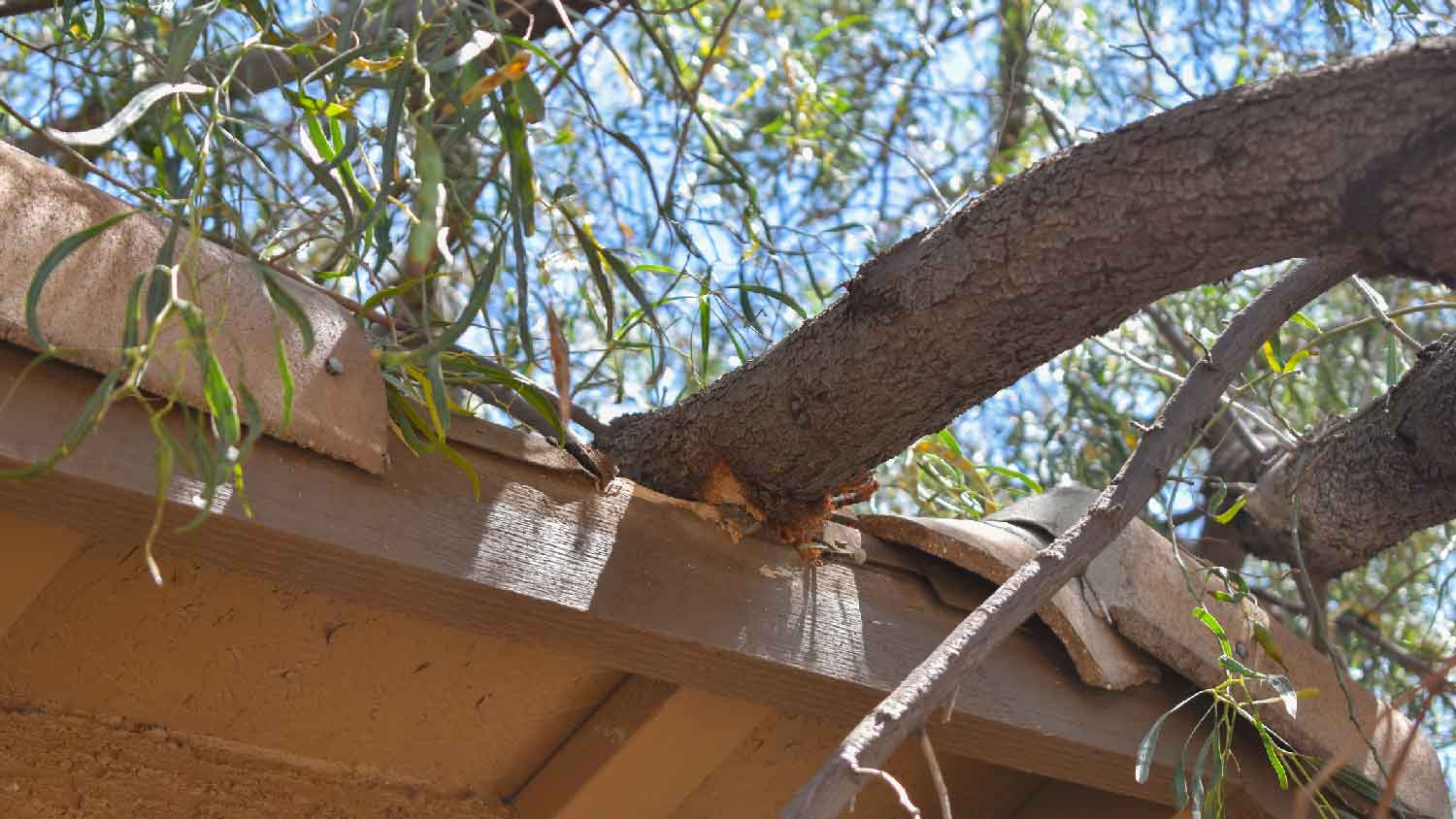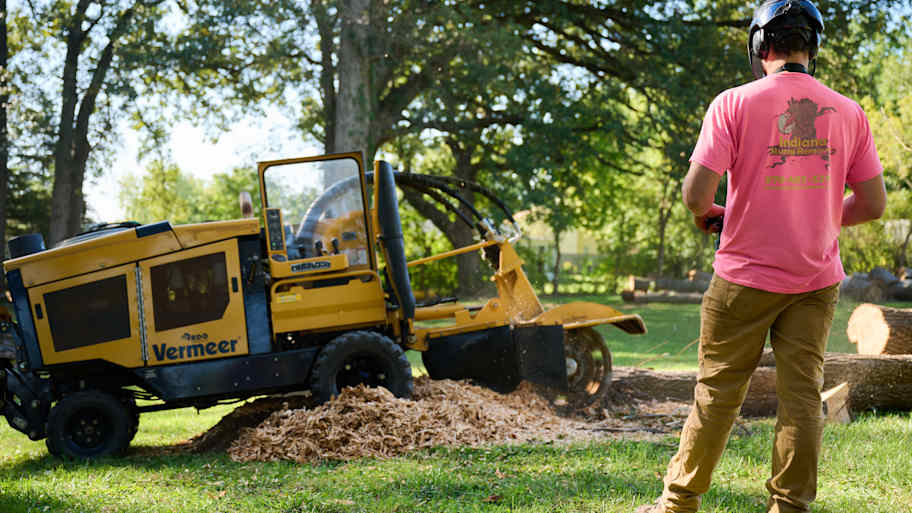What to Do If a Tree Falls on Your House: Tips for Handling the Aftermath
A fallen tree can feel disastrous, but the right reaction will get you through it


When a tree falls on your house, it can be an incredibly distressing and overwhelming situation. It’s important to stay calm and focus on avoiding immediate hazards while you get your family to safety. Once everyone is evacuated, you can evaluate the damage and take the appropriate action. These nine tips will help you know what to do if a tree falls on your house.
1. Make Sure Everyone is Safe
Safety first—immediately evacuate all people and pets from the affected area and stay at a safe distance from the damaged area. Be on the lookout for potential electrical hazards, especially where power lines are involved. If you suspect a serious imminent hazard, call 911 or your local emergency services.
2. Look For Downed Power Lines
When a tree falls on a house, it can also bring down power lines, posing a serious risk of fire or electrical shock. If you’re wondering who is responsible for a downed power line, your local electrical company should be the one to respond. Shut off the power to your home at the breaker if you suspect or know that the tree affected a powerline. Call your utility company right away and report the incident to 911.
3. Document the Damage
Next, capture detailed images of the damage from multiple angles, including the fallen tree and any affected parts of your home. Use a bright flashlight or your camera’s flash if it’s dark outside. If it’s safe to do so, re-enter your home and take images and videos of the inside.
4. Contact Your Insurance Company
One of the most important tips for filing homeowners insurance claims is to file them right away. Contact your homeowner’s insurance company as soon as possible and inform them of the incident to get the claims process started. Your provider may dispatch a claims adjuster to assess the extent of the damage and the corresponding repair costs. Alternatively, you might need to consult multiple contractors for repair estimates.
5. Wait on Further Instructions From Your Insurance Company
Follow the procedure of your homeowners insurance company to ensure your claim runs smoothly. Delay permanent repair until you and your insurer agree on the claim amount. There might be limits on specific repair costs, such as tree removal expenses, dictated by your policy.
6. Protect Your Home From the Elements
If it’s safe and possible to do so, cover up any exposed areas or broken windows by placing a tarp or boarding them up. This will help protect your home from the elements, debris, and pests while you wait on repairs. Be extra cautious of broken glass and do not attempt any roofing repairs yourself—call a local roofing contractor to assist.
7. Secure Your Home and Seek Alternative Shelter if Necessary

Some damages may compromise the structural integrity of your home or make it otherwise unlivable, so you may need to book a hotel room or find friends or family to stay with in the meantime. If you need to leave, be sure to lock all doors and windows and bring your valuables with you.
8. Call a Professional Tree Service
Once you’ve squared away everything with your homeowner’s insurance company, a local tree removal company can remove the fallen tree from your property. While they’re there, it’s a good idea to evaluate your other trees and remove any others that might become hazardous.
9. Hire the Right Repair Contractor
Finally, when handling repairs for the damage, be sure to follow the steps to find a good contractor. Check each contractor’s license and qualification, and contact at least three different contractors to compare rates and services before you commit. A quality repair contractor will have your home restored and ready to live in, freeing you up to move on from the incident and finally relax.














